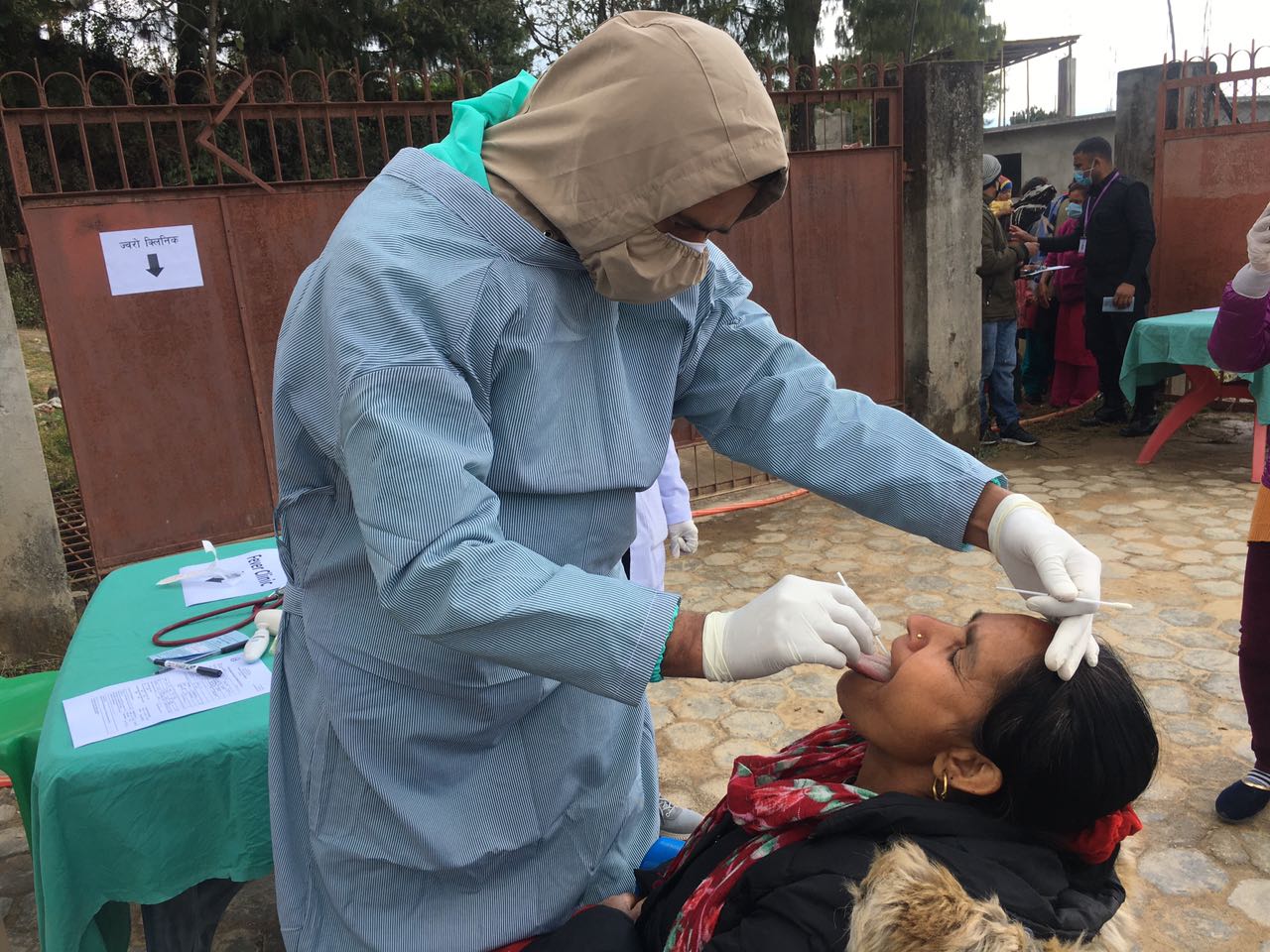‘Improper sampling can lead to false results’
Kathmandu, May 10
Health experts say that polymerase chain reaction tests could yield negative results if nasopharyngeal or oropharyngeal samples of COVID-19 suspects are not collected in a proper way.
Recently, three women from Udayapur tested positive for coronavirus when their samples were tested second time through polymerase chain reaction method. Their samples were then recollected on May 6. “The samples of the women were recollected as they were in close contact with persons who tested positive for coronavirus infection. Recollected samples of the women were tested in Koshi Hospital, Biratnagar,” said Dr Suresh Mehata, chief of Public Health Division, Ministry of Social Development, Province 1.
“Factors contributing to error in diagnostic testing depend upon the time of sample collection, and transportation of samples, among other factors,” said Dr Shravan Kumar Mishra, virologist at National Public Health Laboratory.
Sample collection should be done in a proper way for best results. A slight error in the course of sample collection to testing in laboratory could yield false results.
“The result of the sample test depends upon the time the sample was collected. The virus load is low during the first few days of infection. Sample collected during these days could yield negative results. As the viral load increases in the first week to ten days of infection, the tests during this time give positive results,” said Dr Mishra.
For PCR tests, specimens are taken from the back of the nose and mouth. “While collecting nasopharynx swab, the swab should be penetrated to the posterior part inside the nose and should be kept there for 20 seconds and rolled, then only it should be taken out. The tongue should not be touched while taking the samples from throat. The samples should be collected touching all the portions of the posterior,” added Dr Mishra.
Cold chain should be maintained while transporting the samples. “The protocol for RNA extraction should be followed. During extraction, if there is an error in reagent stability and if programming is improper then the test results could be negative,” said Mishra.
The test results could also be negative if sample collection is done late as the virus might have reached the lungs. “After long period of infection, the virus may not be found in the nasal and throat passage as it could have reached the lungs by this time. Then the samples should be collected from bronchoalveolar lavage diagnostic method. The samples are collected from the lower respiratory system in which a bronchoscope is passed through the mouth into the airway in the lungs and the fluid is then collected for examination,” said Dr Anup Bastola, consultant tropical medicine at Sukraraj Tropical and Infectious Disease Hospital.
“The manpower for collecting samples must be trained. If the technique of sample collection is not correct, the results can be negative,” said Dr Bastola.
If the viral transport media is not proper, the test results can be negative. The temperature while transporting the samples must be maintained between 2-8 degree centigrade. “If people highly susceptible to the virus test negative in the first sample, second sample should be collected within three days,” added Dr Bastola.
“As most of the cases here are asymptomatic, there are chances that someone, whose test results are false, could unknowingly spread the virus in the community,” added Dr Mishra.
A version of this article appears in e-paper on May 11, 2020 of The Himalayan Times.






